5 Things you need to Know About Drop-and-Hook Trucking
If you work in the trucking industry, you might have heard of drop-and-hook—that is, a kind of trucking that involves dropping off or picking up a trailer but not unloading it.
But is drop-and-hook (also known as “drop-and-pick”) trucking a viable option for your business? Let's take a closer look at this method of freight transportation.
What is Drop-and-Hook Trucking?
Drop-and-hook, in trucking, refers to a process by which a driver drops off one full trailer before attaching another that is already loaded. It's an appealing method of freight delivery because it requires only the initial trip—and not subsequent trips—to be made.
Also, instead of spending time unloading the goods, you simply drop, hook, and go.
Of course, drop-and-hook freight can have its challenges too. The new trailer might not be in place at the dock when you arrive, or it might have been moved from its usual spot. You might need help to move a fully-loaded trailer, and you may have trouble hooking it up if its position is awkward.
Regardless, many drivers feel that the challenges of the job are worth it—especially if they don’t enjoy loading and unloading.
Related post: 5 Steps to Get a High-Paying Truck Driving Job
BENEFITS OF DROP-AND-HOOK TRUCKING
Less Wait Time — Some facilities require truck drivers to help load and unload trucks. Others have a dedicated team for that. Drop-and-hook means less wait time for shippers, carriers, and drivers.
Efficiency — By skipping the load and unload process, you get to leave your dock sooner—and more mileage means more pay.
Scheduling — Drop-and-hook reduces the time constraints on shippers, carriers, and drivers. Pre-loading can be done at any time by the shipper with no pressure to deliver quickly.
Lower Costs — Drop shipping may be less expensive than managing backups for shippers with high volumes or warehouse issues.
How Does Drop-and-Hook Trucking Work?
Drop-and-hook trucking is simple in ideal conditions. You drive up, unhook your full trailer, then hook up the new one before getting back on the road.
In real life, things might not be so easy. If a person doesn’t have full access to their new trailer, he or she might need help from an employee at the facility where it is stored in order to hook up and prepare it for use.
Still, most truckers can expect to wait less than an hour for a drop-and-hook delivery. For live loads, wait times can stretch as long as three hours or more. Many drivers prefer the convenience of drop-and-hook deliveries over live loads' longer waits.
Drop-and-hook is also beneficial to the customers your delivering to because they are able to load/unload their trailers at any time instead of being limited by the schedule of drivers.
Drop-and-Hook vs. Live Loads
Live loads can be a slower process than automated drop-and-hook. Truck drivers are required to wait for their loads or trailers to be unloaded at the dock before leaving, which adds time to every trip.
Drop-and-hook deliveries can sometimes be scheduled more flexibly since they don’t necessarily require a loading dock or the labor needed to load or unload cargo.
Live loads have to be planned within a specific scheduling window in order to ensure the availability of space at the receiving terminal as well as the manpower required for handling such shipments.
Who uses Drop-and-Hook Trucking Services?
If you want to know whether drop-and-hook services are right for your business, it's important to understand why shippers choose it. Here are some situations when drop-and-hook may be helpful:
Shipping Loose Items — Pre-loading loose items into a trailer can be easier for some shippers than loading and unloading the same freight during a live load.
Warehouse Backups — It can be difficult to set up live load appointments when warehouse workers are backed up. Drop-and-hook may be the best solution when there are too many goods or not enough staff on hand.
Time Limitations — Time-consuming loads and unloads have many negative consequences: trucks become backed up, delivery dates get delayed, and transportation costs rise.
High-volumes — Drop-and-hook services help maximize the number of loads that can be moved in a single day: those who consistently move high volumes find drop-and-hook trucking to be an effective way to stay on track.
Related post: The Impact of Weather on Truck Driving and How to Prepare | Everything you Need to Know About Dedicated Truck Driving
Call Doug Andrus Distributing
Drop-and-hook is a great way to save time, fuel money, and reduce stress. It’s also a great way to improve your business relationships with customers and partners.
If you’re looking for a drop-and-hook solution, give Doug Andrus Distributing a call. We can help you find the best drop-and-hook solution for your needs.
